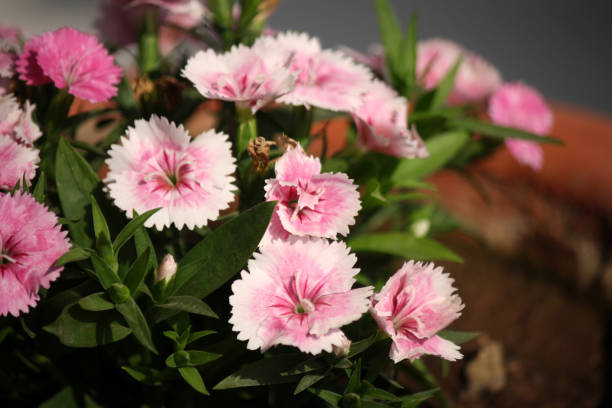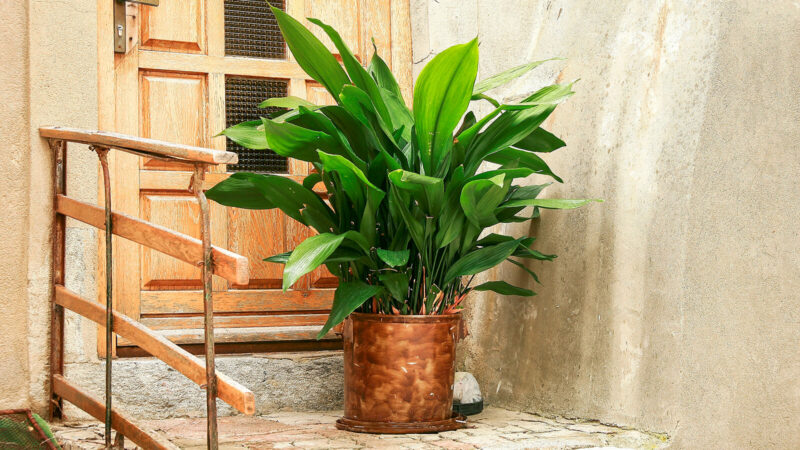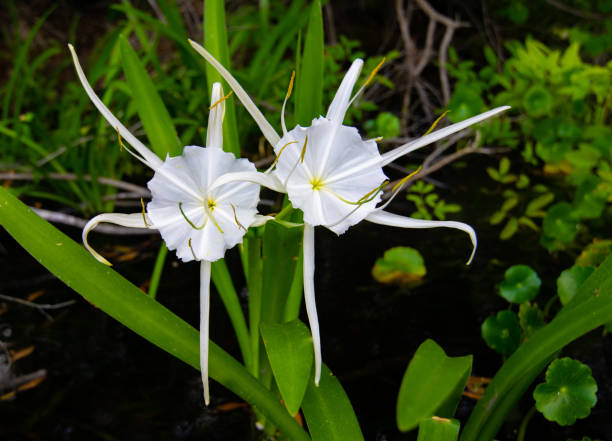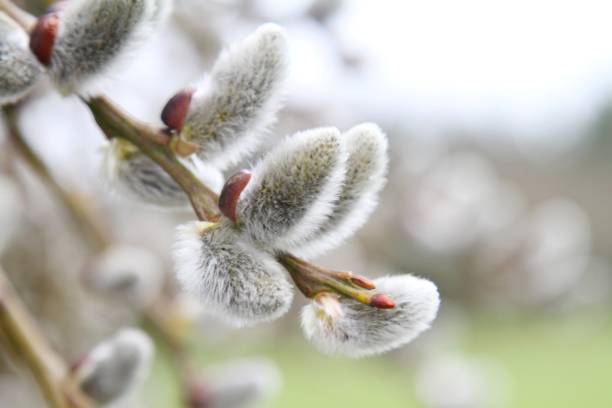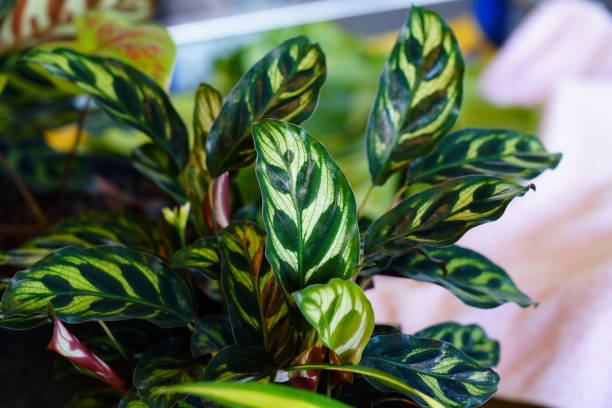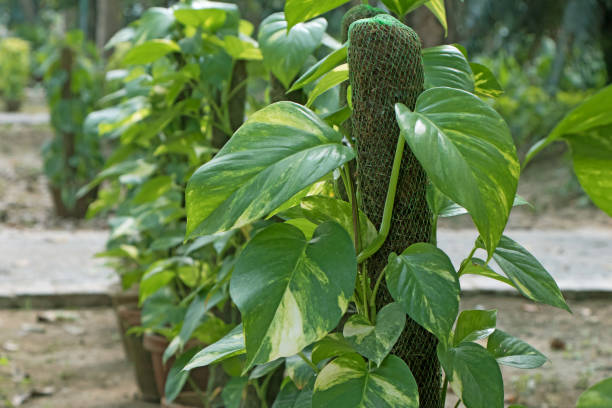A Guide To Growing and Caring For Bloomerang Lilac
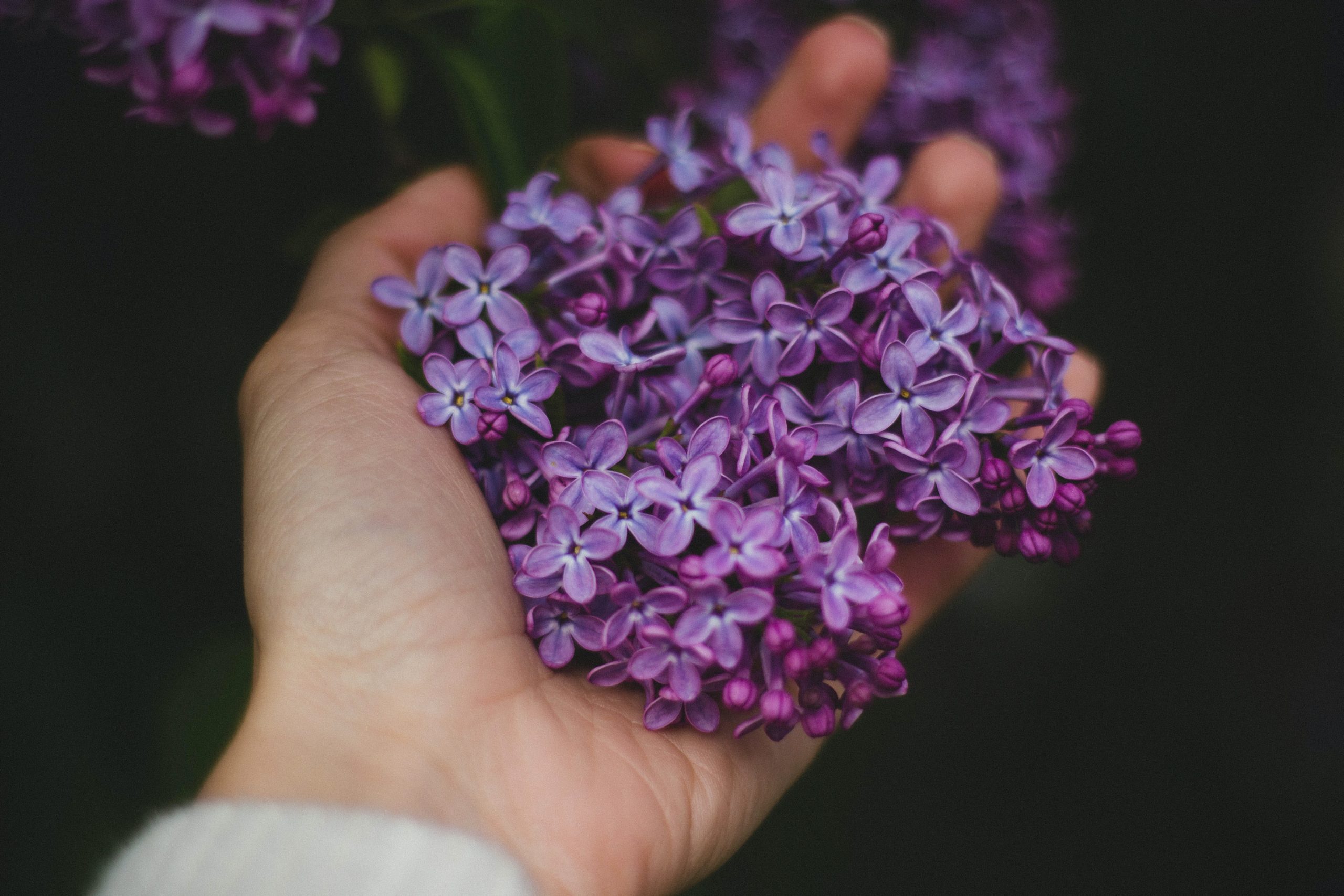
Are you a person who loves gardening and wants something that is picturesque for your fall garden? If yes, then the bloomerang lilac is for you. Bloomerang is one of the most alluring fall flower plants that you can add to your garden.
It will be something that everyone will admire and take your garden decor a notch up. Good thing about these types of flowers is that they bloom continuously through the fall season with little care.
In the article below, we will tell you all about the bloomerang lilac care, including growing tips for it.
How To Grow Bloomerang Lilac?
Before we move on to the tips for growing the bloomerang let’s know some facts about this beautiful plant.
The bloomerang was introduced in the market for the first time in 2009 and is registered as a hybrid trademark. This means that the name is protected like a brand. It also means that not every nursery can sell it, and only some particular nurseries can propagate and sell it. These flowers are sold under the trade name bloomerang lilac.
Now, let’s move on to growing these beautiful purple flowers.
These fragrant and alluring hybrids are bred for their disease resistance and best performance qualities. Another good thing about the lilac is that it is one of the low maintenance types of flowers.
The low maintenance needs of these fall flowers make them a great option when you want something for borders. You can also use them as privacy screens or foundations in your garden. The hybrid quality of these plants allows you to plant them in groups, as a specimen or mass plantings according to your choice.
Light
Like any other plant, light needs for the bloomerang are also a vital fact for the best results. It is one of the sun-loving types of flowers and thus does best in the full sun.
However, they can also do in the partial shade. Only problem with planting the bloomerang lilac in the shade is the reduction in bloom. So, if you have space where the sunlight is enough or at least for 6-8 hours per day, then the bloomerang is for you. If you provide it with enough light and little care, it is a type of flower that will not let you down.
Soil
This is something that decides how a plant is going to bloom. Soil composition is an important aspect of any plant, and so is the case of lilacs.
The good thing is that, like any other variety of the lilac, the bloomerang lilac also loves the organic matter-rich soil. So, if you have ever used any of the lilac varieties before, then making soil composition will not be a tough task for you.
The soil you use for planting the bloomerang can be a little alkaline or neutral. It does good in both of these types of soils. Only thing to remember when planting the lilac is that it doesn’t like wet and soggy soil. Thus providing proper drainage is an essential thing for best results from the lilac.
Watering The Bloomerang Lilac
This plant is in the low maintenance flower plants category for a reason. It doesn’t require regular watering and moderate watering is enough.
The watering needs of this flowering plant not only makes it easy to care for plants but also suitable for long dry periods. However, one thing you can do during the long dry periods is to do some mulching for the best results.
Humidity and Temperature
The bloomerang lilac is like any other type of lilac and requires a long period of winters for blooming. However, this makes the lilacs unsuitable for hot environments. Although in hot climatic conditions you can plant it. But cooler summers and cold temperatures are what make it bloom profusely.
One thing you can do if you live in a hot climate zone is to provide the lilac with a little shade from the sun.
When it comes to the humidity, the lilac is unaffected by moderate levels. However, very high temperatures and humidity can affect the reblooming of the lilac and slow it down.
Fertilizers For Bloomerang Lilac
Fertilization is essential for any plant, and so does in the case of the bloomerang. You have to provide fertilizers two times to these purple flowers plants for the best results.
First, provide the plant with fertilizers when the soil is soft at the beginning of spring. The second time you have to fertilize it when it goes for spring bloom. This two-time fertilization gives this plant a boost, and you can be assured of some eye-catching results.
When it comes to fertilizers, use a type that has a high phosphorus content in it. You must avoid fertilizers that are rich in nitrogen. This is essential as nitrogen fertilizers encourage the growth of foliage and not flowers and blooming.
Pruning
Bloomerang, as we said, is a low maintenance plant and doesn’t require much pruning. It goes on new and old wood equally.
For a neat appearance, if you want, you can remove the flowers that are already spent. However, this removal is not essential and depends on your choice.
Types of the Bloomerang Lilac
There are five types of flowers when it comes to this plant. These are:
- Penda: The purple bloomerang has lavender color flowers and are a standard size cultivar.
- SMSJBP7: This type comes with dark purple flowers and is a standard size cultivar like the penda.
- Pink Perfume: If you want some gorgeous pink flowers, then this variety is for you. This is also a standard size cultivar and has pink flowers.
- SMNJRPI: This variety of lilac also has pink flowers. The difference between the pink perfume and SMNKRPI is that this plant is a dwarf. It is a dwarf cultivar and a compact form of lilac.
- SMNJRPU: If you want a plant that is dwarf, then this is for you. This type of bloomerang lilac has pipe flowers.
Growing The Bloomerang Lilac In Containers
If you don’t have enough space for gardening and want to go for container gardening, then bloomerang is for you. The great thing about his types of flowers is that, unlike other lilac varieties, it doesn’t require much space.
The dwarf varieties of the bloomerang lilac are specifically good. They are a good addition to the decor, even in low space. However, one thing to remember is that the lilacs have extensive roots, and thus, the containers must be at least 18 inches in size.
Some Container Gardening Tips
- Choose the containers according to the lilac variety you are going to plant. If you choose the right one’s, you can use them for some garden art ideas also.
- The container must have enough drainage as lilac doesn’t do good in wet soil with poor drainage.
- Lilac’s requirement for large containers makes it essential to choose the easy to carry containers. This is vital as large containers weigh after the soil, and water filling is not easy to carry, and thus, filling and moving must be easy.
- The containers should also be strong enough as otherwise, they may break if you try to shift them.
- If you choose the dwarf varieties the lilac can also be a good indoor tree option.
Disease/Pests
The bloomerang lilac is a hybrid and thus less prone to the common lilac diseases comparatively. It is resistant to powdery mildew and other problems like leaf spots in comparison to regular lilacs.
Hoover, the bloomerang, can also be harmed by these two. To avoid the damage, provide the lilac with proper air circulation as mildew and fungus thrive in humid weather. Space and proper sunlight are also a good option to avoid any diseases or pests.
The bloomerang lilac is also resistant to deer, which adds to the benefits of planting it.
All these qualities of the bloomerang make it a great low maintenance option for the garden decor. The low care needs of this plant also make it a great option if you have a busy schedule.
Final Words
Lilac lovers often complain of their short bloom periods as they bloom for just about two weeks.
The short bloom problem of the lilacs can be solved by using different varieties like bloomerang lilac. This variety of lilac has a longer bloom period and a low maintenance plant as it is a hybrid.

